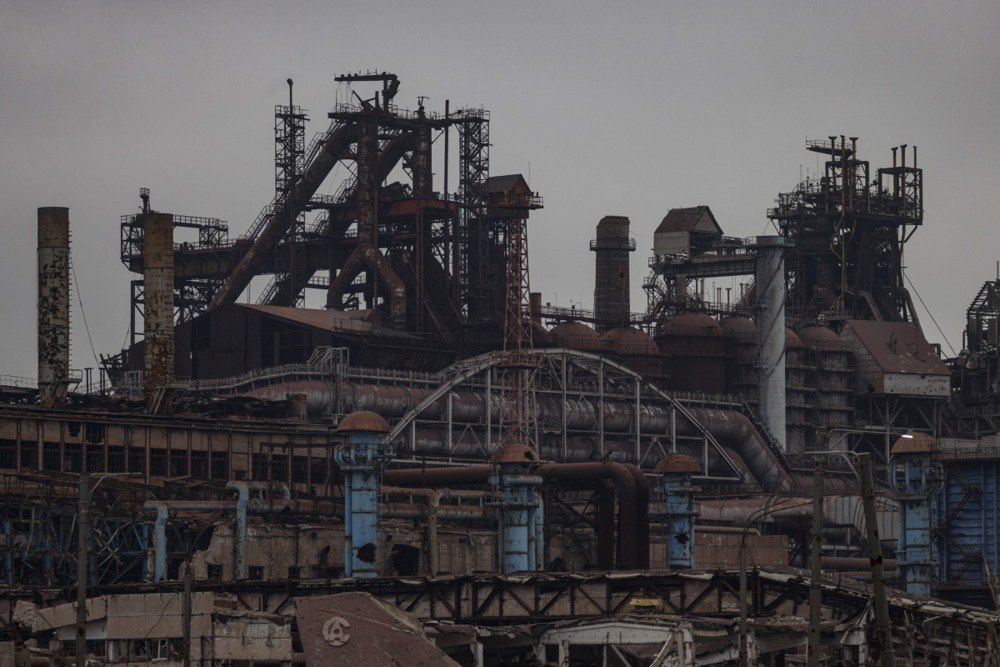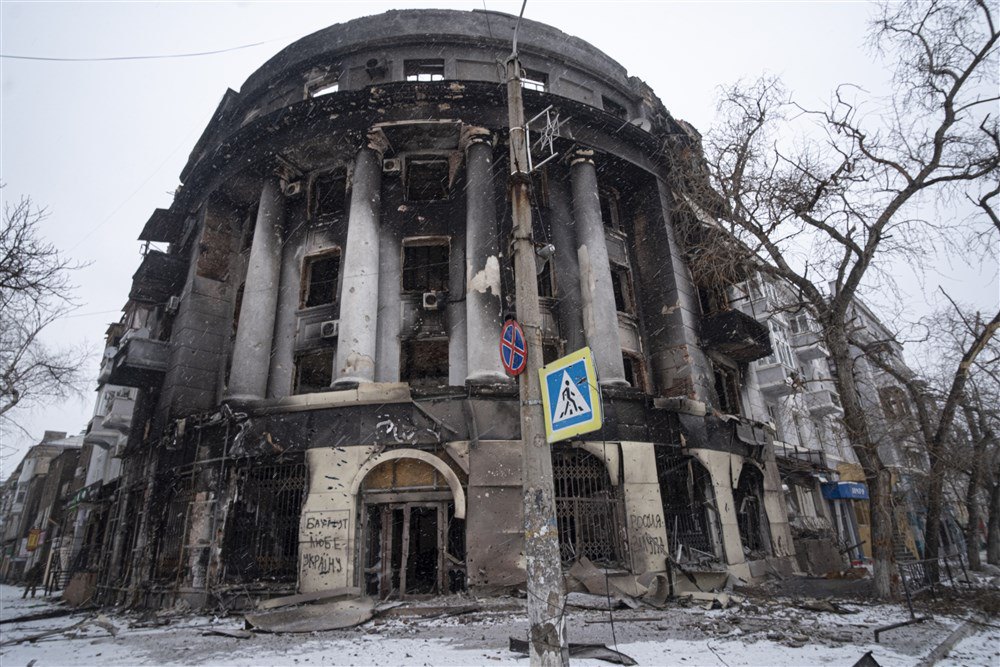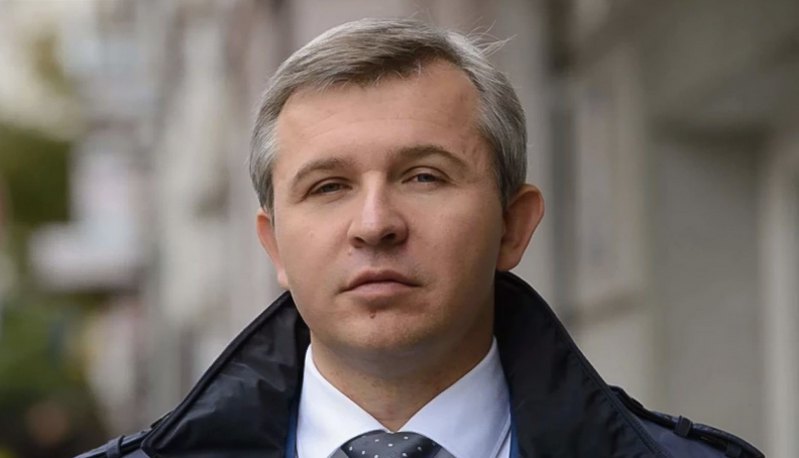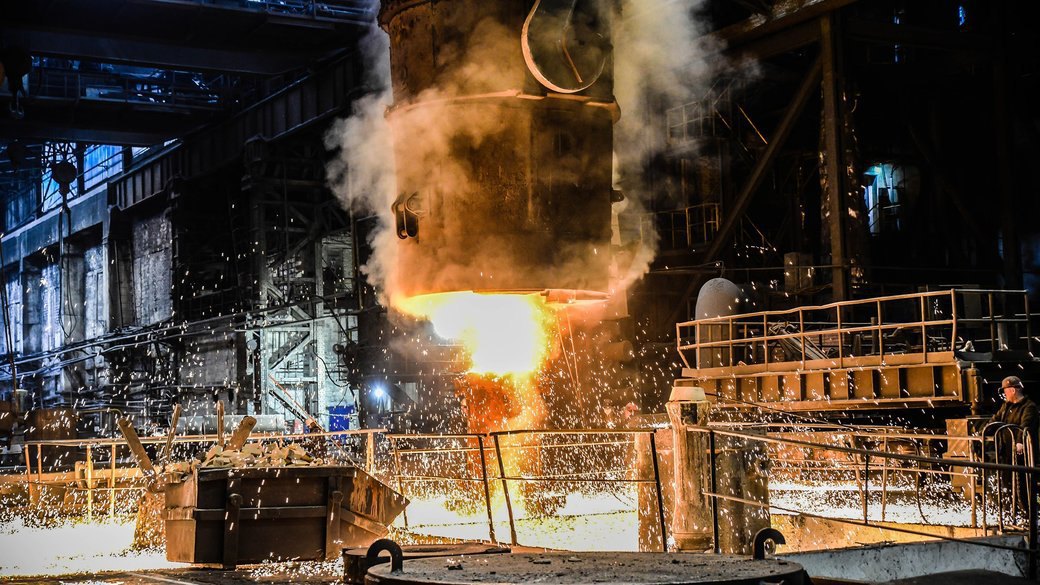
Despite all the catastrophic destruction in Europe after World War Two, one thing made it easier for the authors of the Marshall Plan than for us today. The complete surrender of Hitler's Germany opened up half the continent for integration and the building of a new economic space without borders, which was done and which we now know as the European Single Market, the Eurozone and the Schengen area.
Judging by the statements of our allies, even the biggest optimists among them do not seriously expect a total military defeat and unconditional surrender of Russia. And, accordingly, they are not preparing for such a scenario of the end of the war. And even if it were to materialise, if the Kremlin were to repent and sign the reparations agreement in full, put all war criminals on trial, and Putin himself were to go to The Hague in handcuffs, it is hard to imagine that the reconstruction of the destroyed Ukrainian regions would be planned given the close economic integration with Russia.
Why is this even being discussed? A significant and most destroyed part of Ukraine – what is known as the "industrial east" – was redeveloped or built in the last century to meet the needs of the USSR. The monotowns that were formed around a huge "city-forming" plant were an economically risky decision. Unfortunately, they became depressed even before the arrival of market economy. What to do with such towns after the army of Russian invaders bombed the plant, shelled residential buildings into ruins, and forced local residents to flee to other regions or countries?

This is a question of economic feasibility, not just of returning the city to the way it was before the full-scale invasion. Does it make sense to restore the ports of the Azov Sea to their former state if they are unlikely to process goods to and from Russia even in the medium term? What is the future of Donbas's machine-building giants if they have to be rebuilt after the shelling, but taking into account the economic and climate reality of the first half of the twenty-first century?
Anatoliy Amelin, co-founder and director of economic programmes at the Ukrainian Institute for the Future, believes that Ukraine needs to conceptually define its economic vectors: "Before embarking on the revival of the destroyed economy, the state must have a national strategy that will give an understanding, in particular, of what exactly it intends to support. We are not talking about Azovstal returning to Mariupol, or Kramatorsk having machine-building plants of the scale of NKMZ and SKMZ [Novokramatorskyy and Starokramatorskyy machine-building plants]. Historically, Ukraine has developed a regional specialisation, with the agro-processing industry in Poltava Region, the recreational industry in the south, and metallurgy and machine building in Donbas. The state should act at the level of these regional clusters, but the decision to rebuild Azovstal should be made by the owner of Azovstal on the basis of economic considerations. It is more useful for the state to attract global brands to open businesses in Ukraine. Using the cluster principle, we should create conditions where global leaders in their niches decide to invest in opening their production facilities."
Olena Shulyak, chair of the Parliamentary Committee on the Organisation of State Power, Local Self-Government, Regional Development and Urban Planning and head of the Servant of the People political party, is even more pragmatic: "Before starting work on planning the reconstruction of a city, we need to analyse the state of the community, especially the economic situation. We see that some businesses have moved out of these areas and some will not return, and some businesses have closed. We need to take this into account to prevent the rebuilt city from having no sustainable economy and no jobs."

However, there is an emotional side to reconstruction and mitigation of war damage. Not only for Ukrainians, who – if they want to return – would like to see something relatively familiar. After all, let's repeat it: every city had its own specific features. But what would Mariupol be without Azovstal? Or, say, Bakhmut without the Sparkling Wine Factory?
According to Anatoliy Amelin, this is not an issue to be resolved with the help of emotions: "Even after the Russian invaders are completely pushed out of Ukraine and we return to internationally recognised borders, Mariupol will remain a risky area for large-scale investment. We may need to create a buffer zone on Russian territory for security purposes. But Mariupol's steel industry was founded a century and a half ago, based on the ore and coal deposits available at the time. What are the current reasons for Azovstal's owners to rebuild it in its original form in Mariupol rather than move production closer to Dnipro, where the main deposits and infrastructure are now? Mariupol should remain a recreational city and develop as a resort and cultural centre."
Olena Shulyak listed the destroyed cities of Donbas, for which there is no clear opinion on how to restore them and whether to restore them at all: Severodonetsk, Popasna, Rubizhne, Shchastya, Kreminna, Volnovakha, Vuhledar, Maryinka, Lyman, Soledar and Bakhmut. However, the government made an exception for Bakhmut as a "landmark city" that should be restored at all costs.

If the cities closest to Russia's borders remain at risk of attack in the long term, does this mean that they will become chronically economically depressed? Does it make sense for the state to develop infrastructure and invest in human capital if serious private investment in Mariupol, Berdyansk or Vuhledar is in doubt? Will big business come to cities that have been rebuilt the least? And even if we assume that companies are able to organise the training of local residents to meet the needs of their production, they are unlikely to build entire cities to meet these needs, or launch large-scale strategic projects.
Obviously, no matter how hard the state tries, a notional Intel is unlikely to risk investing billions to build a microprocessor factory in Ukraine for another 20 years, isn't it?
"No, it's not like this," says Anatoliy Amelin. "There are many examples of cities around the world that grew up around private enterprises, and Ukrainian business has already faced the need to take on the functions of the state and provide training for its staff. If there are favourable conditions for business, there is no reason why they shouldn't finance housing in a reviving city or, for example, a university to train staff. Although, perhaps, it will be more likely to be secondary specialised education and college. It's the same with high-tech businesses and large investments. They are determined by the global situation. We are now seeing developed countries and corporations investing tens of billions of dollars to build new microprocessor factories in regions of the world where they have not historically existed and where there are problems and risks, such as India."

India aspires to replace or complement China as a "global factory" and has a huge domestic market. What can we offer to international corporations? Are there conditions under which Apple, Intel, Tesla or Volkswagen will build "city-forming" enterprises in eastern Ukraine? In response, Amelin recalls Ireland's economic programme, which in 20 years – since the mid-1990s – has brought European hubs and production plants of Apple, IBM, Intel, HP, research centres and factories of major pharmaceutical corporations and a significant number of financial companies to the country. This was done by combining favourable tax and regulatory policies, proximity to Europe, and Ireland's human potential.
These are the criteria that do not look unrealistic for Ukraine either.
That brings the main question: do we start with the promise to rebuild the cities in roughly the same form? Or what are the alternative scenarios? If the former, what are the guarantees that their residents will return home and live as before, and that factory owners will produce what they did before the war? We will continue the discussion in the next article of this series.








